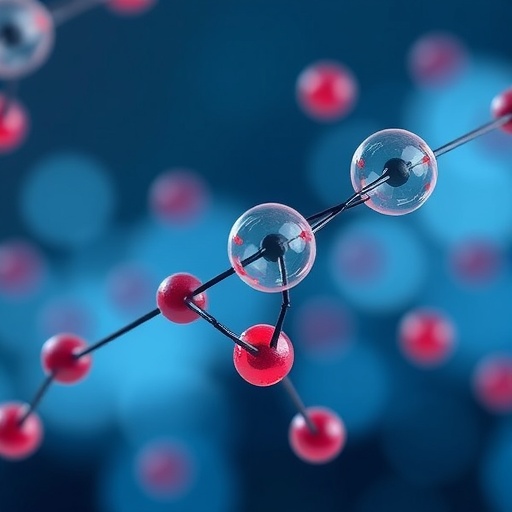A new technique to study fat stores in the body could aid efforts to find treatments to tackle obesity.
The approach focuses on energy-burning tissues found deep inside the body – called brown fat – that help to keep us warm when temperatures drop.
Experts are aiming to find it this calorie-burning power can be harnessed to stop weight gain, but little is known about how the process works.
Previous studies have mainly relied on a medical imaging technique called PET/CT to watch brown fat in action deep inside the body. But the method is unable to directly measure the chemical factors in the tissue.
Scientists at the University of Edinburgh developed a technique called microdialysis to measure how brown fat generates heat in people.
The approach involves inserting a small tube into an area of brown fat in the body and flushing it with fluid to collect a snapshot of the tissues' chemical make-up.
The team tested the technique in six healthy volunteers, using PET/CT to guide the tube to the right location.
They discovered that in cold conditions, brown fat uses its own energy stores and other substances to generate heat.
Brown fat was active under warm conditions too, when the body does not need to generate its own heat, an outcome that had not been seen before.
Researchers hope the technique will help them to analyse the specific chemicals involved, so that they can better understand how brown fat works.
Most of the fat in our body is white fat, which is found under the skin and surrounding internal organs. It stores excess energy when we consume more calories than we burn.
Brown fat is mainly found in babies and helps them to stay warm. Levels can decrease with age but adults can still have substantial amounts of it, mainly in the neck and upper back region. People who are lean tend to have more brown fat.
The study, published in Cell Metabolism, was funded by the Medical Research Council and Wellcome.
Lead researcher Dr Roland Stimson, of the British Heart Foundation Centre for Cardiovascular Science at the University of Edinburgh, said: "Understanding how brown fat is activated could reveal potential targets for therapies that boost its energy-burning power, which could help with weight loss."
###
Media Contact
Jen Middleton
[email protected]
44-131-650-6514
@edinunimedia
http://www.ed.ac.uk




